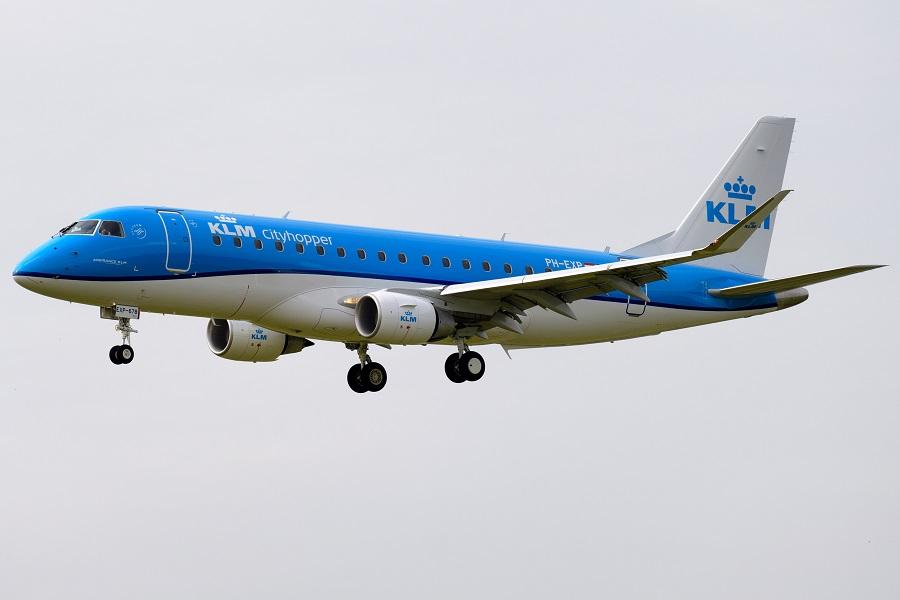KLM is developing a Virtual Reality (VR) training tool for pilots taking type-rating courses. The project begins with Cityhopper’s Embraer 175 and 190 aircraft. The plan is to improve resources, make flexible use of time and facilitate remote training.
“Do you REALLY know what every dial and button in here is for?”
The above is a question pilots reportedly get a lot, when showing people around the cockpit. In case you’re one of them, the answer is YES, they really do. That’s something they learn early on in their type rating.
Type rating courses are hectic. Trainees have to eat, drink, breathe and sleep Boeing/Airbus/Embraer (select one). They have to learn systems, procedures and emergencies, learning how to handle them with another pilot. And they need to learn not only what those buttons are for, they also need to get a feel for where they are from the pilot seat. And practice, over and over, and over again. KLM’s new idea aims to help with that, and more.

What Is KLM Replacing With VR?
Let’s clarify something: this VR training is not meant to replace actual simulator training. It is for familiarization training purposes and practice. Until now, trainees would use big posters of cockpits in this role. Better yet, there are ‘Static Procedure Trainers’, aka ‘Paper Tigers’. These are the same posters, but life size, and with each panel printed separately and located accurately. You can make your own, or buy one. The good ones are expensive, but flight schools have many of them, allowing students to pair up and practice.
KLM’s VR project goes much further, plus it allows pilots to practice alone. The project dates from before the Covid-19 crisis, but in the circumstances it should be even more useful. Trainees can use VR for much more than just seeing all aspects of the cockpit from the right angles. They can also actuate switches and practice actual procedures, with feedback for their actions. And the airline can monitor their progress as they evolve.
And then there’s timing: “Virtual Reality (VR) makes training more accessible. It is on-demand and site-independent – pilots don’t have to be in a classroom or a simulator at a certain time. What’s more, it invites them to explore, something they can do safely in a virtual environment,” says Sebastian Gerkens, Senior Instructor Embraer at KLM Cityhopper. “VR allows pilots to familiarise themselves with the cockpit in advance, so that they make more effective use of their simulator time.”
KLM hopes to eventually get its new instruction tool EASA-certified, to replace part of training components including textbooks and the cockpit poster. Yes, the latter is part of the certified course.
Now all that remains is that the current crisis subsides, actually making new type-rated pilots necessary for the airlines…



